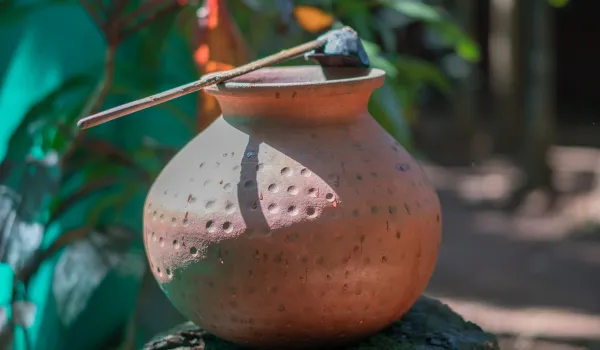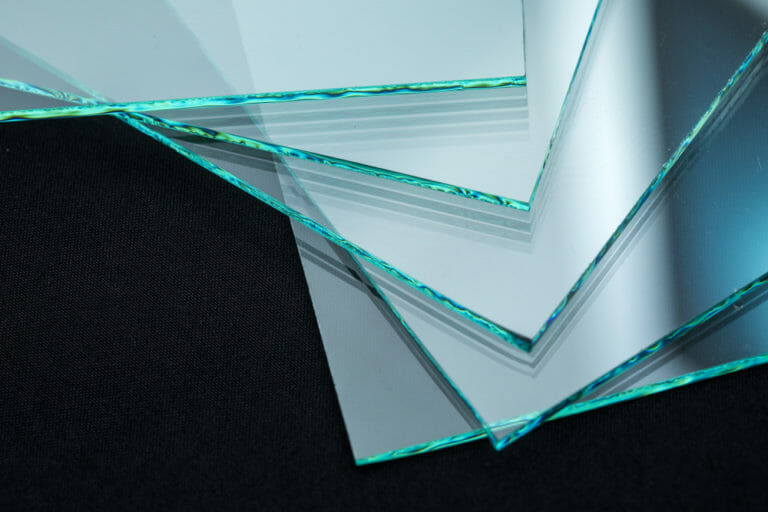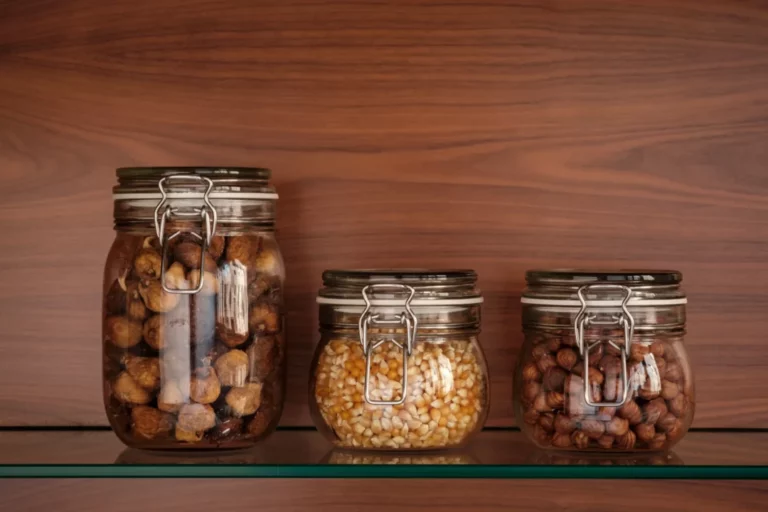Is Thrifting Sustainable?
Thrifting is a great way to save money and help the environment, but is it really sustainable? Here’s what you need to know.
Thrift shopping is a great way to show support for sustainable practices, but is it actually sustainable itself? On the one hand, thrifting is an excellent approach to reducing the environmental impacts of apparel production.
It is a way to reuse clothing and therefore reduces waste that would otherwise be directed to landfills. Additionally, lower water & energy consumption is required in order to create items from secondhand sources rather than creating new clothes from scratch.
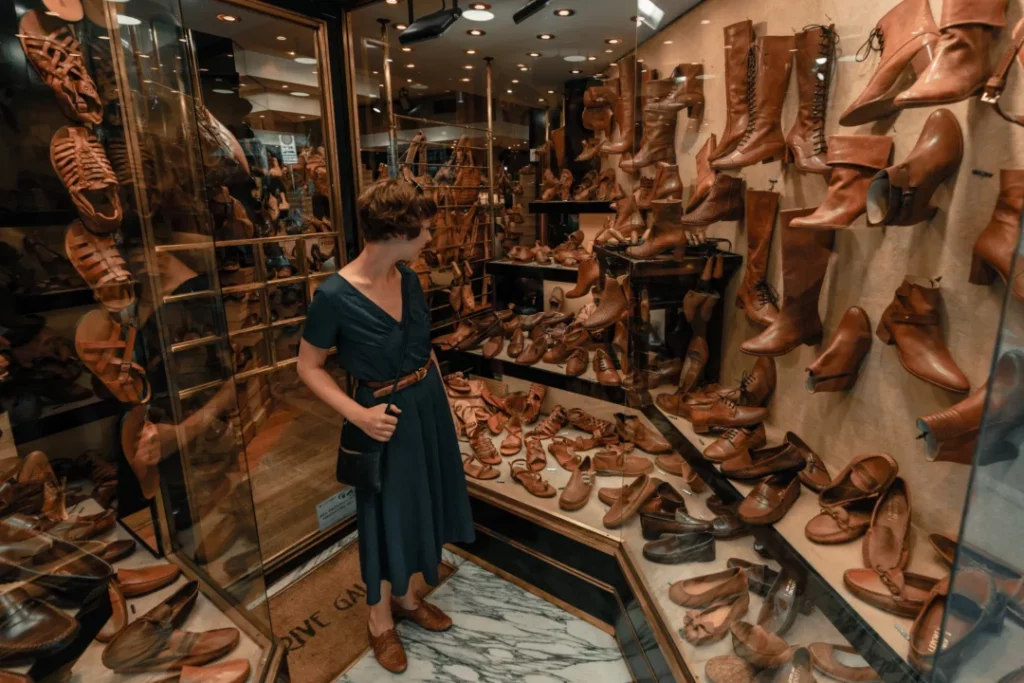
On the other hand, there are also some negative consequences associated with thrift shopping including driving up demand for secondhand items, and leading stores to bring in more garments which in turn will lead to higher prices for those items as supply is becoming increasingly limited. Furthermore, thrift stores often use a lot of cardboard boxes & plastic packaging material when shipping garments – even if it is second-hand – which is bad for the environment and increases their carbon footprint.
Ultimately, whether or not thrifting is truly sustainable might depend on individual behavior & motivations – however, it is clear that while thrifting offers a unique opportunity to reduce waste this should be done carefully so as not to run into a dilemma regarding sustainability.
Get Your Hand on Your Eco-Friendly Living Starter Guide!
Sustainable Thrift Shops
A sustainable thrift shop may sound like an oxymoron, but it’s the wave of the future. These second-hand shops are places people can truly make a difference by purchasing pre-owned items instead of buying new ones and potentially adding to pollution and waste.
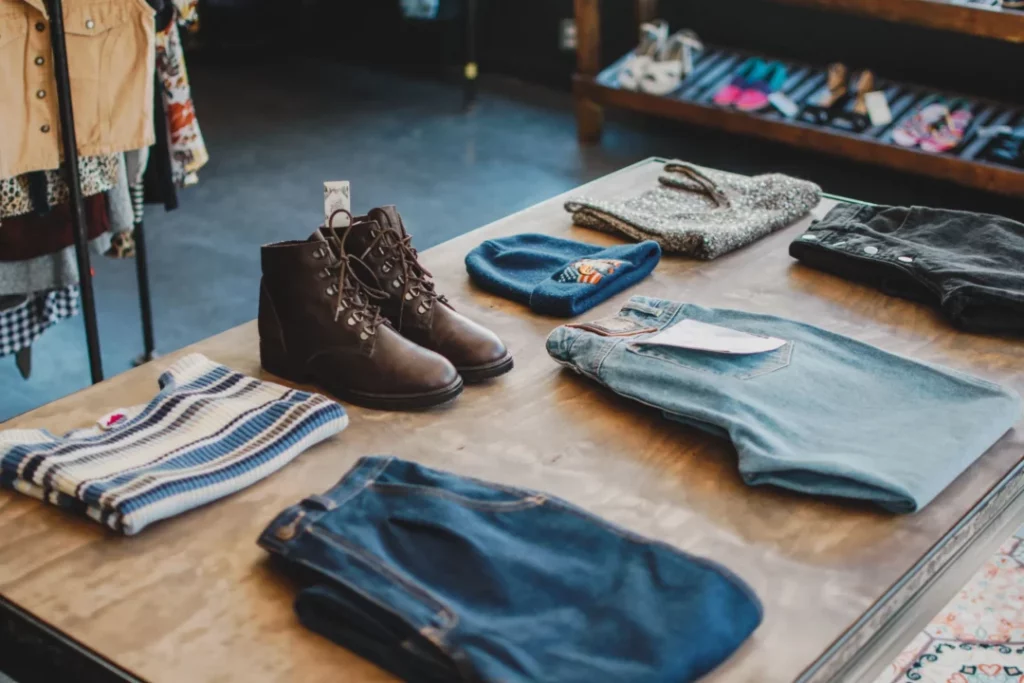
Sustainable thrift shops don’t just offer a way for customers to find great deals on clothes and accessories; they also provide them with the opportunity to create a positive impact. By upcycling second-hand pieces, these shops reduce their environmental footprint by reducing consumption and promoting reuse.
The commitment to sustainability goes beyond the products; many even make an effort to source local merchandise or use recycled materials for packaging. For those looking for a healthier lifestyle and a chance to do their part in reducing greenhouse gases, sustainable thrift shops are an excellent option.
How To Locate A Nearby Thrift Store
Searching for a local thrift store in your area can seem daunting at first, but there are several simple ways to find what’s nearby. One of the easiest is to search for online thrift shops on popular websites such as Yelp or Google Maps.
Information about hours, various items available, and even photos of the store itself can be found within these listings which makes it easy to narrow down your search. You can also ask around locally – people you know may have a favorite thrift shop they visit or could help point you in the direction of one.
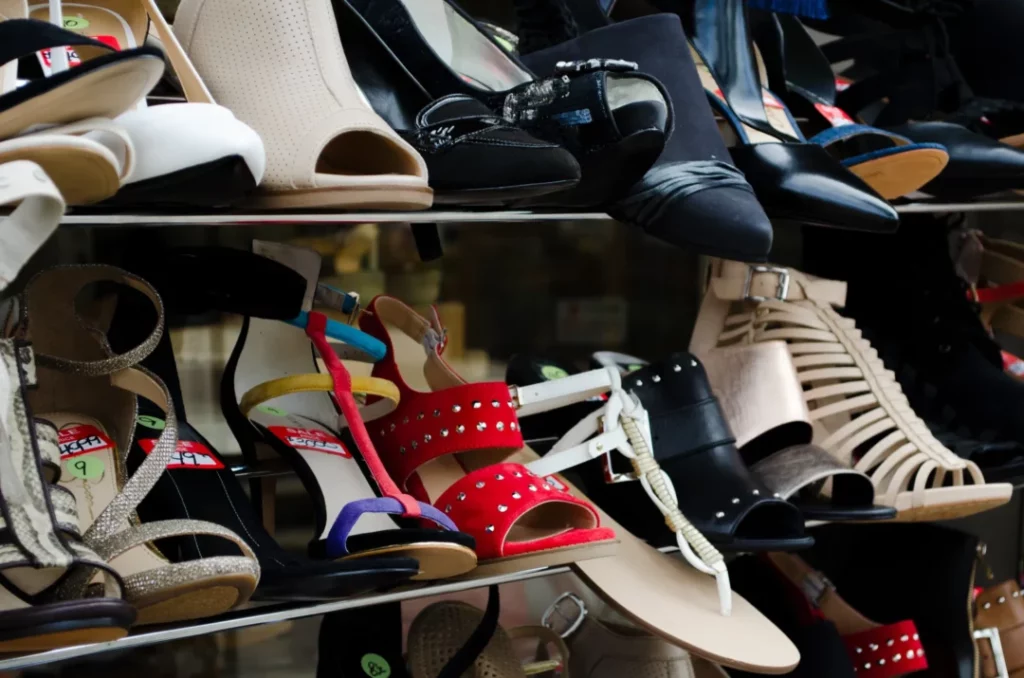
Finally, you could hit the streets and explore the neighborhood. Keep an eye out for signs on businesses advertising second-hand items or just simply walk inside and take a look around! With some effort and exploration, you’re sure to find an excellent thrift store nearby before long.
What Products Are Available On Thrift Stores
Thrift stores are a treasure trove of everything from clothes and accessories to furniture and home décor. These stores offer unique items that you won’t find anywhere else, at a fraction of the price.
You can find gently used items like books, clothes, and electronics as well as vintage pieces of furniture or hard-to-find collector items. Thrift stores offer customers the opportunity to save money on quality items in various styles and sizes.
Clothing available is often new with tags or slightly used, making them an excellent buy for those looking for fashionable yet affordable apparel options. Home furnishings are also regularly updated with the latest trends and many rare antique pieces can be found in these stores.

It’s truly amazing when browsing through their selection what sort of interesting trinkets, decorations and souvenirs turn up! Thrift shopping is a great way to feel good about getting great deals on quality products while supporting local businesses.
Benefits Of Thrift Shopping
Thrift shopping can be a great way to save money and find unique items without breaking the bank! There are a variety of benefits to thrifting – both environmental and financial. On the environmental side, secondhand shopping kicks plastic out of the supply chain.
Using pre-worn items instead of buying new ones is also an incredible way to reduce textile waste while still allowing people to purchase fashionable garments. Don’t forget that thrifting also keeps useful items out of landfills, extending the life cycle of individual products.
From a financial perspective, it’s much easier on your wallet when you put secondhand clothing in your wardrobe. Thrift shops are often overflowing with designer products for significantly lower prices compared to those found in mainstream stores.
The savings that come with thrift shopping create plenty of breathing room in your budget for other needs and wants. Whether you’re looking for clothes or pieces for your home décor, there is something special about rescuing secondhand items from obscurity.
The Verdict: Is Thrifting Sustainable
Many people have turned to thrifting- a massive second-hand market as a more sustainable form of fast fashion–the practice of buying pre-owned clothing from secondhand shops or online retailers. While it can help divert gently-worn pieces from the landfill and reduce excess clothing production, some question whether thrifting remains an ethical option. At the crux of the debate is the fact that people may be taking advantage of low-income communities by purchasing used clothing at dirt-cheap prices.

Additionally, smaller thrift stores can struggle to compete with online giants like Poshmark and have less say over which items are brought into their stores for resale. On one hand, many shoppers see thrifting as a way to mix up their wardrobe with vintage finds while on a budget and feel good about doing something to reduce their environmental impact.
However, others believe it could be better achieved through supporting organizations committed to ethical and sustainable production methods instead–such as fair trade labels that prioritize social justice, workers’ rights, and sustainability in their operations.
Ultimately, considering all sides of the argument is essential when evaluating how our style choices reflect upon us on an ethical level – whether it’s thrifting or investing in quality basics from sustainable brands – and understanding how our consumer sovereignty shapes the fast fashion industry today.



